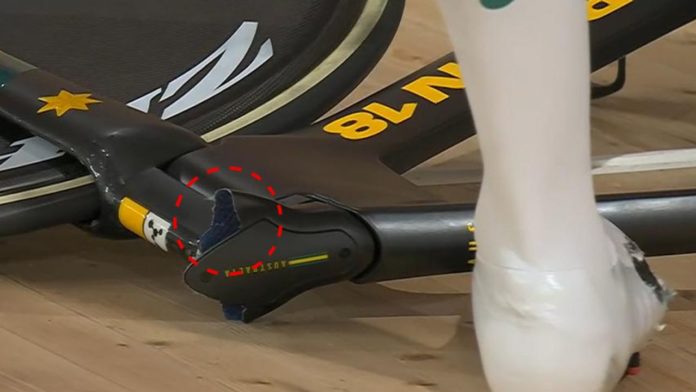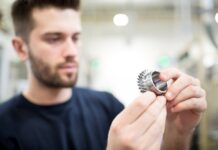
The 2020 Summer Olympic Games in Tokyo revealed that 3D printing has been one of the technologies used to enhance equipment’s performance of athletes. The fact is, no technology no matter how advanced, is immune to the failures that can occur in the utilization of the final parts.
The unfortunate incident at the Olympics is a tangible example that we are highlighting today. The failure of a metal 3D printed bicycle handlebar led to the structure to snap while Alex Porter, a member of the Australian cycling team (AusCycling), was riding. The fall occurred during his fourth lap in the men’s team pursuit challenge.
Luckily for him, he did not take down any of his teammates; however, he was left with friction burns and damage to his face, arms and legs. As for the game, since the fall was due to the equipment failure, the Aussie team was given a second chance to start over but they did not make it to the top four and finished fifth in the competition.
First inspections revealed that there was a defect in the bicycle’s one-piece integrated base bar and stem and the collision occurred at the intersection where the stem area transitions into the outward-facing base bar.
The truth is, so far, the exact cause of the failure has not been pronounced. As a matter of fact, both AusCycling – the cycling team – and Bastion Cycles, the engineering company that produced the Titanium part are currently investigating into the incident.

However, an analysis from Josh Croxton, a media colleague from Cycling News, outlines that the failure may have been caused by an over-torqued bolt, which means that the snap would have occurred very close to the location of the base bar and stem’s frontal bolt hole.
For the LinkedIn’s metal 3D printing community on the other hand, this failure may happen in certain metal AM parts whose materials deliver a lower ductile strength than forged materials. Meanwhile another expert recalls that “strength and flexibility of the component are mostly affected by the post-processing and heat treatments that the specific components undergo”.
Despite the guidance and the standards that have been published for these critical materials by ASTM and ISO, one could probably suggest that extra approval should be performed by engineering, production & QA/QS for such safety critical parts. Extra approval that would include extra extensive non-destructive and destructive testing to assess material characteristics and behaviour under stress – especially given the certification constraints faced by manufacturers in this industry.
Remember, you can post job opportunities in the AM Industry on 3D ADEPT Media free of charge or look for a job via our job board. Make sure to follow us on our social networks and subscribe to our weekly newsletter : Facebook, Twitter, LinkedIn & Instagram ! If you want to be featured in the next issue of our digital magazine or if you hear a story that needs to be heard, make sure you send it to contact@3dadept.com





